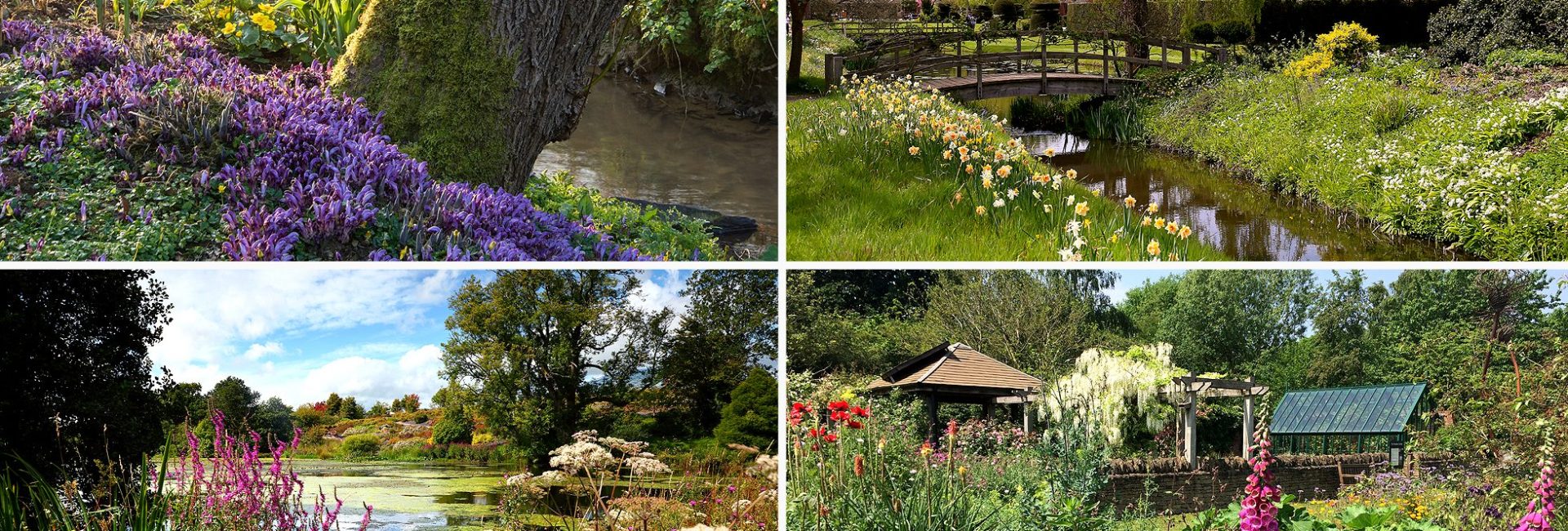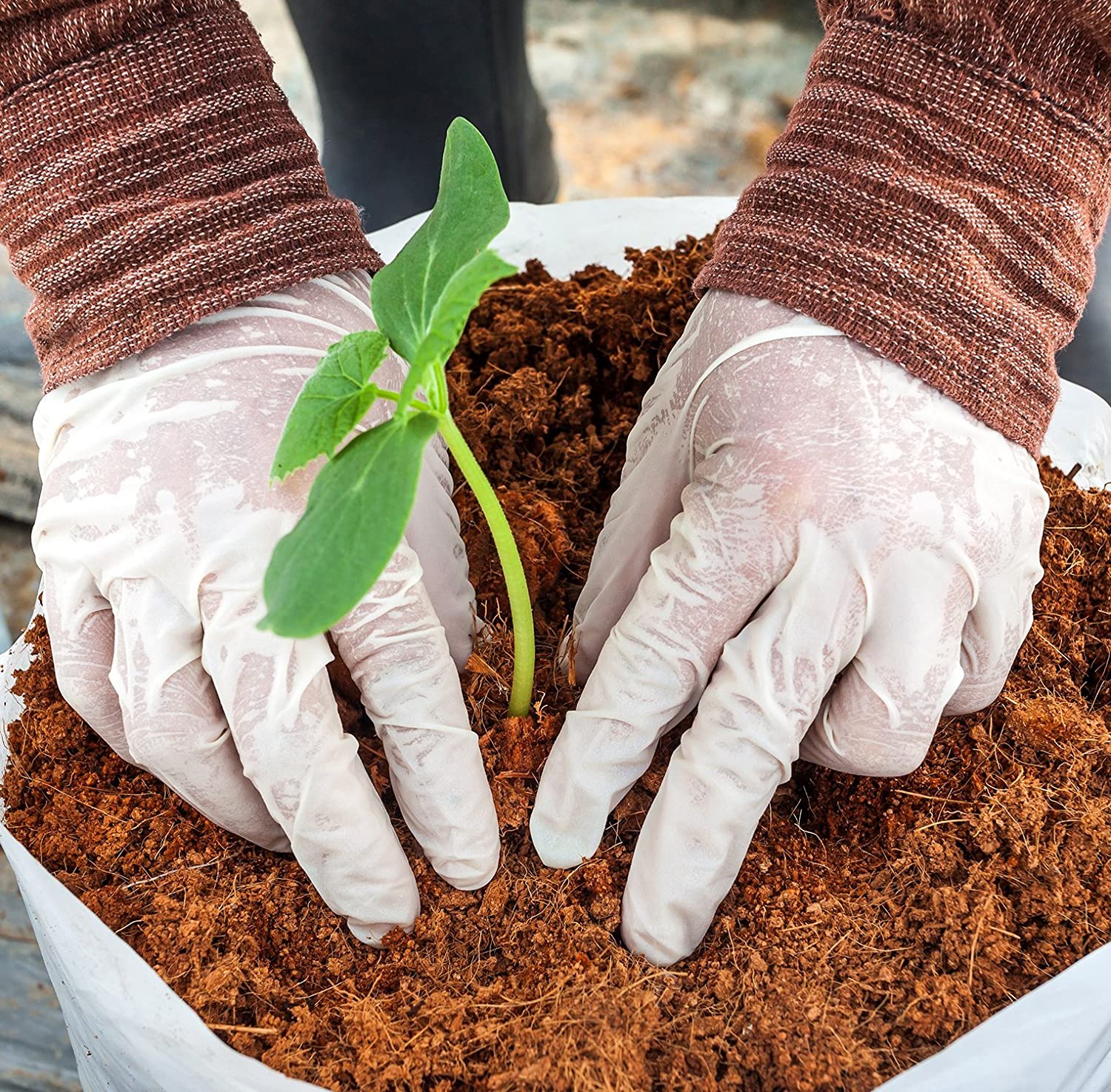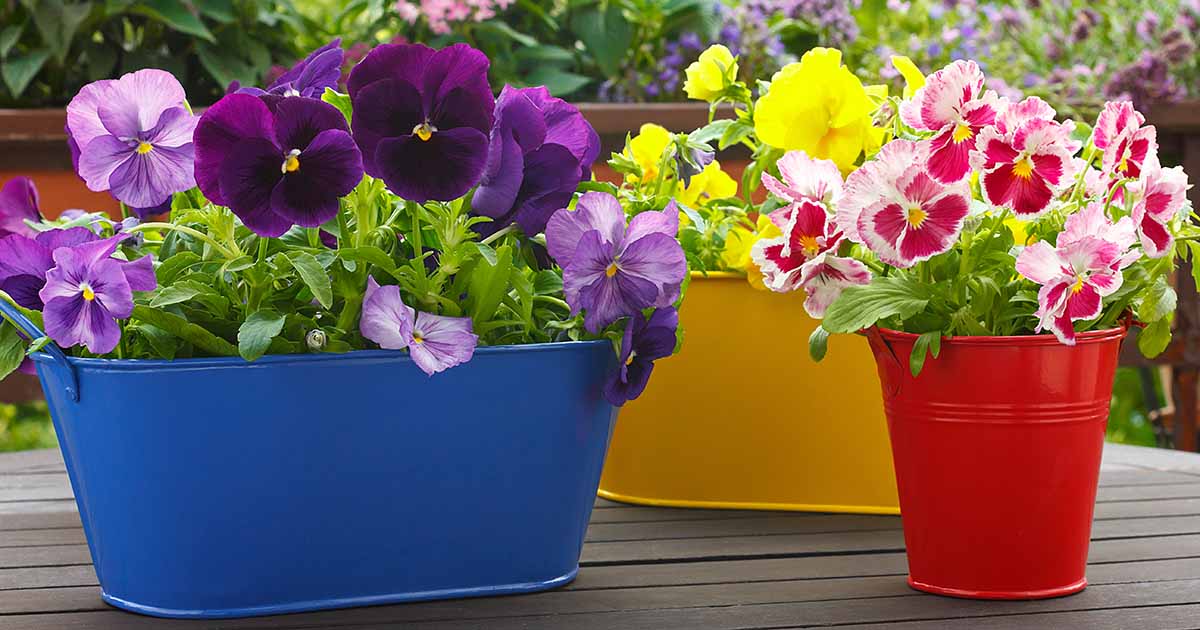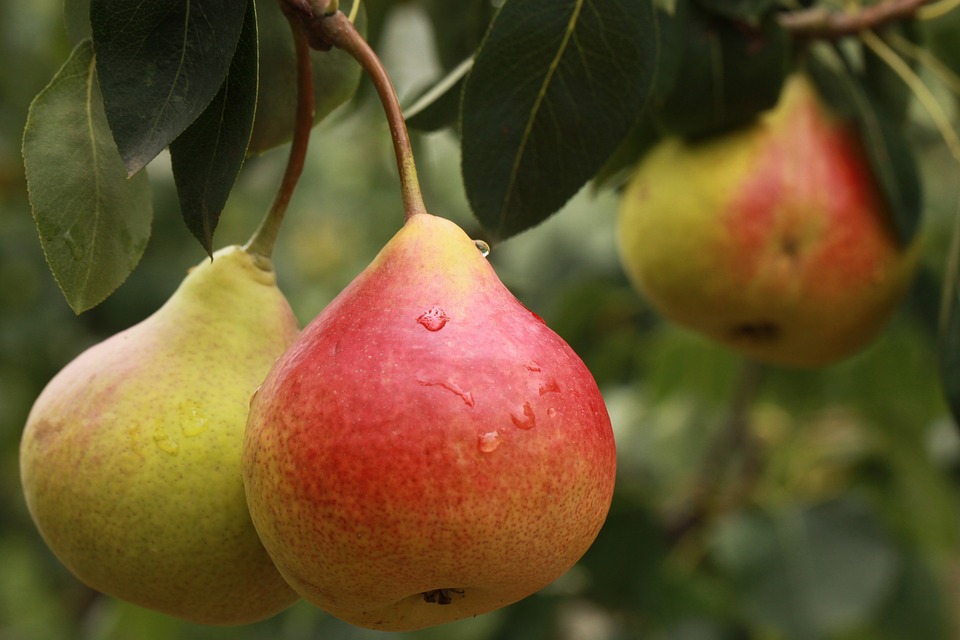As humans, we share our environment with a diverse array of wildlife, from birds and bees to butterflies and mammals. However, habitat loss and degradation have threatened the survival of many species, making it increasingly important to create wildlife-friendly spaces in our own backyards. Wildlife-friendly gardens not only provide sanctuary for wildlife but also offer a range of benefits for gardeners and the environment. In this blog, we will explore the concept of wildlife-friendly gardens, their benefits, and practical tips for creating a haven for biodiversity in your own garden.
Benefits of Wildlife-Friendly Gardens
Wildlife-friendly gardens offer a range of benefits for both wildlife and gardeners. Some of the key benefits include:
- Promoting biodiversity: Wildlife-friendly gardens provide habitat and resources for a variety of species, including pollinators, birds, insects, and small mammals, which promotes biodiversity and supports healthy ecosystems.
- Pest control: Many wildlife species, such as birds and beneficial insects, act as natural pest control agents, helping to reduce the need for harmful pesticides in the garden.
- Educational opportunities: Wildlife-friendly gardens provide opportunities for learning and education, especially for children, as they observe and interact with the wildlife that visits their garden.
- Aesthetic appeal: Wildlife-friendly gardens can be just as beautiful and visually appealing as traditional gardens, with native plants, colorful flowers, and interesting wildlife sightings adding to the overall aesthetics of the garden.
- Personal satisfaction: Creating a wildlife-friendly garden can be deeply rewarding, knowing that you are making a positive impact on local wildlife populations and contributing to conservation efforts.
Designing Your Garden with Wildlife in Mind
Designing a wildlife-friendly garden involves thoughtful consideration of various elements, including:
- Garden layout: Consider creating different layers of vegetation, such as tall trees, shrubs, and groundcover, to provide diverse habitats for wildlife.
- Water features: Include a water source, such as a birdbath, pond, or small water dish, to provide drinking water for wildlife.
- Hardscape elements: Limit the use of hardscape elements, such as concrete and pavement, to create more space for vegetation and wildlife habitats.
- Shelter: Incorporate natural shelters, such as brush piles, rock piles, and log piles, to provide hiding spots for wildlife.
Choosing Native Plants for Wildlife
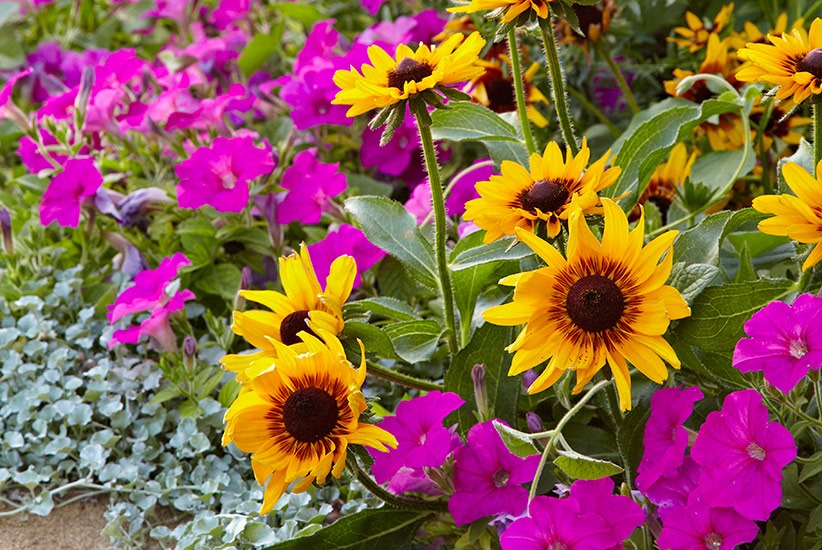
Native plants are essential for creating a wildlife-friendly garden as they have evolved to provide food and habitat for local wildlife species. When choosing plants for your garden, consider the following:
- Native plants: Choose native plants that are adapted to the local climate and soil conditions, as they are more likely to thrive and provide habitat and food for local wildlife.
- Diverse plant selection: Include a variety of plant types, such as trees, shrubs, wildflowers, and grasses, to provide diverse habitats for different wildlife species.
- Seasonal bloom: Choose plants that bloom at different times of the year to provide a continuous source of nectar and pollen for pollinators.
Providing Food, Water, and Shelter for Wildlife
To attract wildlife to your garden, it’s important to provide them with the essential elements they need for survival, which include food, water, and shelter. Here are some tips for providing these essential resources in your wildlife-friendly garden:
- Food: Plant a variety of native plants that provide food in the form of nectar, pollen, seeds, fruits, and insects. Avoid using pesticides or herbicides, as they can harm the wildlife that relies on these plants for food. Instead, embrace natural methods of pest control, such as attracting beneficial insects and birds that can help keep pest populations in check.
- Water: Provide a water source such as a bird bath, shallow dish, or small pond. Make sure to keep the water clean and fresh, and consider adding rocks or floating objects to provide perches and landing spots for birds and insects. Avoid using chemicals in your water source, as they can harm wildlife.
- Shelter: Create sheltered areas in your garden with dense vegetation, such as shrubs, hedges, and tall grasses, where wildlife can hide, nest, and seek refuge from predators and harsh weather. Leave leaf litter, fallen logs, and brush piles, as they can provide important shelter and nesting sites for insects, small mammals, and amphibians.
There you are! You now know the basics of creating a wildlife garden. Interested in some more tips? C ome back to check the second part of our article. Until then, tell us your thoughts and when are you planning to create your wildlife-friendly garden?

